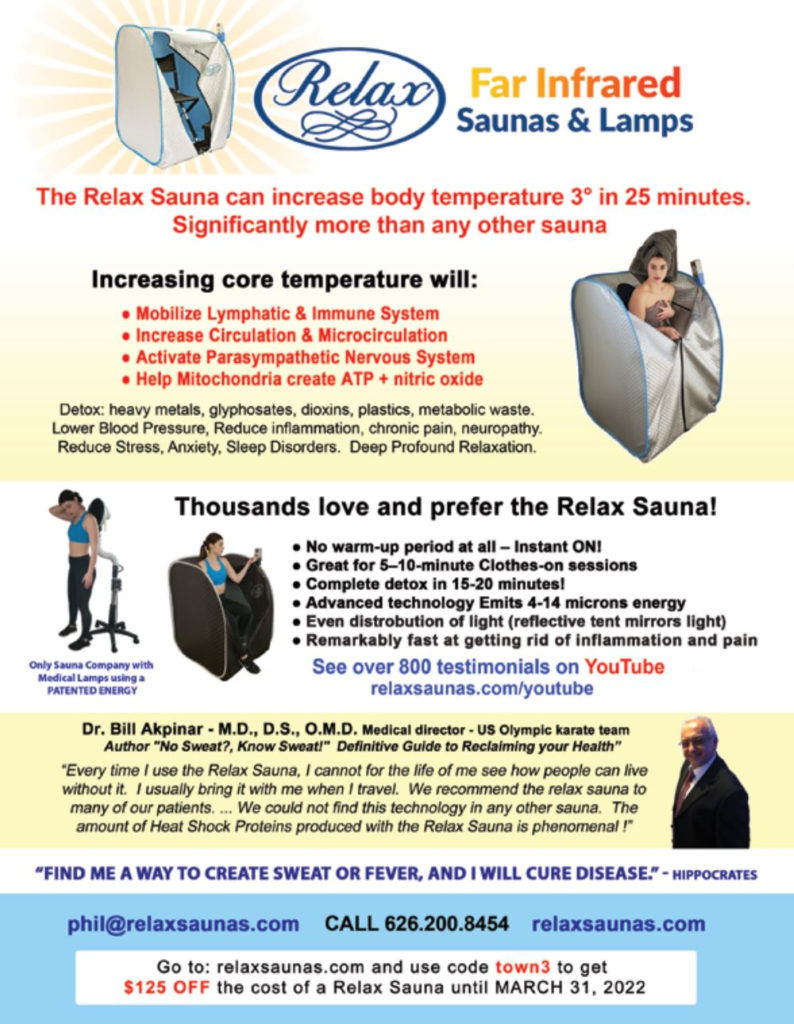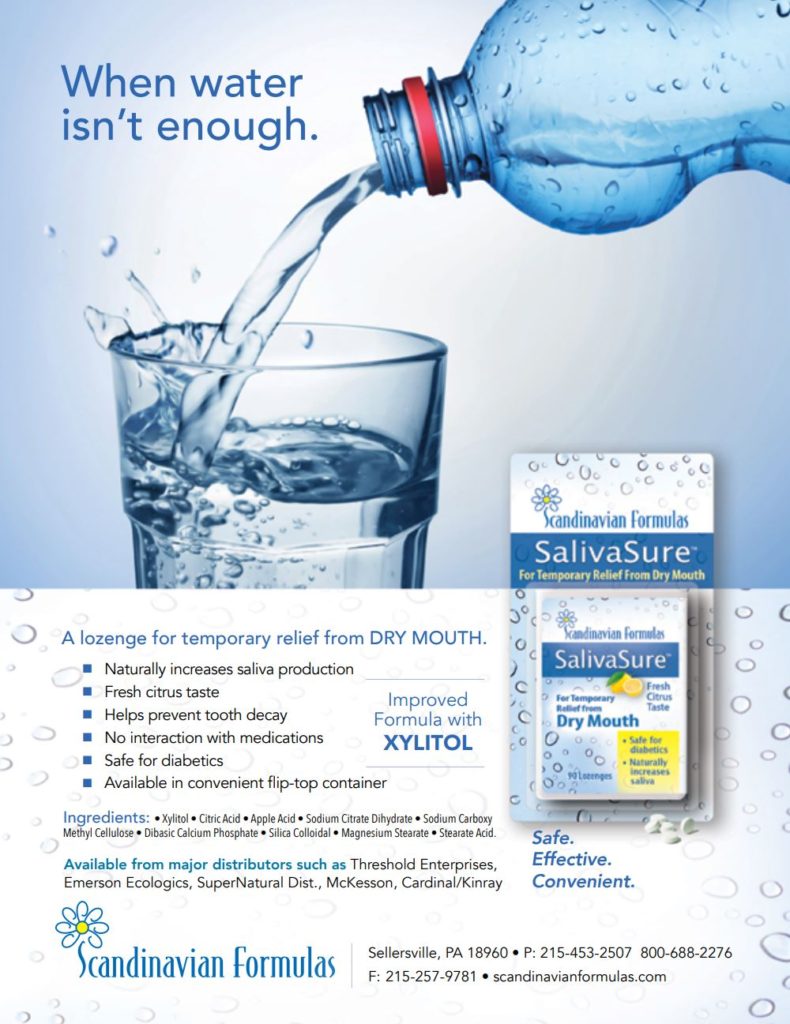by Alan R. Gaby, MD
Dehydroepiandrosterone (DHEA) is a weakly androgenic steroid hormone secreted by the adrenal glands and testes and to a lesser extent by the ovaries. DHEA is metabolized in part to estrogen and testosterone. In addition, DHEA may have physiological actions that are unrelated to its function as a precursor hormone, as suggested by the fact that DHEA receptors are present on human muscle cells.1
Circulating DHEA levels (usually measured as DHEA-sulfate) peak around age 25 and decline progressively thereafter. The levels in 70-year-old individuals are only about 20% as high as those of young adults.2 Although most of the DHEA produced by women is synthesized in the adrenals, the contribution of the ovaries appears to be physiologically significant, as suggested by the observation that premature ovarian failure and ovariectomy each results in a decline in circulating DHEA or DHEA-sulfate levels.3-5 There is evidence that the menopause-related decline in DHEA levels contributes to the development of menopausal symptoms, and that DHEA-replacement therapy can improve these symptoms in some cases. Moreover, DHEA has shown promise for preventing or treating postmenopausal osteoporosis in some cases, and it may also be useful for treating some of the manifestations of aging in elderly people.
DHEA and Menopausal Symptoms
In a double-blind study, intravaginal administration of DHEA in doses of 3.25, 6.5, or 13 mg per day for 12 weeks resulted in marked improvement in signs and symptoms of vaginal atrophy in postmenopausal women. Each of these doses was similarly effective. Intravaginal administration of DHEA did not cause endometrial proliferation and produced little or no change in serum concentrations of estrogen and testosterone.6
In a recent uncontrolled trial, the effect of DHEA was examined in 32 postmenopausal women (mean age, 52.8 years) with overactive bladder in association with the typical genitourinary symptoms of menopause. Overactive bladder is characterized by urinary urgency, frequency, and nocturia, with or without urge incontinence, in the absence of urinary tract infection or other pathologies. In the study, intravaginal administration of 6.5 mg of DHEA daily for 12 weeks resulted in significant improvements in urinary frequency, urgency, nocturia, and urge incontinence. The severity of symptoms of overactive bladder (as assessed by the mean score on the International Consultation on Incontinence Questionnaire Overactive Bladder) improved by 65.4% (p < 0.001). DHEA also improved vulvovaginal atrophy and improved quality of life, as assessed by the 12-item Short Form Health Survey.7
Orally administered DHEA has also been reported to improve menopausal symptoms, although the results of studies have been conflicting. In an uncontrolled trial, 22 postmenopausal women (aged 50-65 years) received 25 mg per day of DHEA for 12 months. The mean Kupperman score (an 11-item questionnaire that measures the severity of menopausal symptoms) showed progressive improvement. After 12 months the degree of improvement was 76% in women who were two-to-three years postmenopausal and 67% in women who were five or more years postmenopausal.8 In another study, oral administration of 50 mg per day of DHEA for three months improved the Kupperman score (including improvements in vasomotor and psychological symptoms), and the benefits were similar to those seen with transdermal estradiol (50 µg per day).9 However, a double-blind trial found that, while treatment with 50 mg per day of DHEA for three months produced significant improvement in perimenopausal symptoms, the improvements were not significantly greater than those in the placebo group.10
When treating genitourinary symptoms related to menopause, intravaginal administration of DHEA appears to more effective than oral administration. In 2016, the US Food and Drug Administration approved a DHEA vaginal insert (brand name, Intrarosa) to treat dyspareunia (painful sexual intercourse) that is caused by vulvovaginal atrophy secondary to menopause. Intrarosa is very expensive, but DHEA for intravaginal administration can also be obtained at a much lower price from many compounding pharmacies.
DHEA and Osteoporosis
At least six clinical trials have found that treatment with DHEA (usually 50 mg per day) prevented bone loss or increased bone mineral density in postmenopausal women.11-16 In contrast, two other studies found that administration of DHEA (50 or 100 mg per day for 6 months) had no effect on bone mineral density in women aged 50-65 years or in frail elderly women (mean age, 77 years).17,18 While there is no obvious explanation for the conflicting results, they might be due in part to differences in baseline status of DHEA or its main metabolites (estrogen and testosterone).
The dosages of DHEA used on most studies (50-100 mg per day) are supraphysiological. One group of investigators reported, based on measurements of various hormone levels, that 10 mg per day seems to be the proper DHEA dose to correct androgen deficiency in postmenopausal women.19 Physiological doses of DHEA have not been systematically studied with respect to osteoporosis prevention and treatment. However, I saw a woman in her late 30s who had osteoporosis and a subnormal DHEA-sulfate concentration as a result of adrenal insufficiency. After one year of treatment with 10 mg per day of DHEA (with no other changes in her treatment program), the bone mineral density of her lumbar spine increased by 10%.
DHEA and Aging
There is evidence,18 though conflicting, that the age-related decline in DHEA levels contributes to some of the manifestations of aging. I have seen many elderly patients who were “aging poorly” and whose serum concentration of DHEA-sulfate was below the normal range for young adults of the same sex. Supplementation with DHEA (5-15 mg per day for women, 10-20 mg per day for men) often reversed various manifestations of aging, such as poor appetite, loss of muscle mass, weakness, and depression. Improvement was seen in some cases after as little as two weeks, and the benefits became more pronounced with continued treatment.
Dosage and Administration
When treating osteoporosis or age-related decline in physical or mental function, I have generally recommended oral DHEA. It has been my practice to consider DHEA treatment for patients who have low or low-normal serum DHEA-sulfate levels, when compared with the levels in young adults of the same sex.
As noted above, research suggests that the physiological dosage of DHEA is around 10 mg per day for women; much lower than the amount used in most clinical trials. My clinical experience supports the idea that relatively low doses of DHEA can be effective. In addition to the woman mentioned above with osteoporosis and adrenal insufficiency, I saw two other middle-aged women with severe adrenal insufficiency who had dramatic improvements in various physical and psychological symptoms after 5-15 mg per day of DHEA was added to their treatment regimen. Based on these clinical observations, I have limited the DHEA dosage in nearly all cases to 5-15 mg per day for women and 10-20 mg per day for men (although higher doses may be used to treat autoimmune diseases).
These relatively low doses appear to be sufficient to produce clinical improvements. In addition, the use of low doses minimizes the theoretical concern that DHEA, because it is converted in part to estrogen, could increase the risk of developing estrogen-dependent cancers such as uterine, ovarian, and breast cancer. Such an adverse effect has not been demonstrated to occur; but when using steroid hormones, it is prudent to err on the side of caution.
1. Tsuji K, et al. Specific binding and effects of dehydroepiandrosterone sulfate (DHEA-S) on skeletal muscle cells: possible implication for DHEA-S replacement therapy in patients with myotonic dystrophy. Life Sci. 1999;65:17-26.
2. Weksler ME. Hormone replacement for men. Not enough evidence to recommend routine treatment with dehydroepiandrosterone. BMJ. 1996;312:859-860.
3. Cumming DC, et al. Evidence for an influence of the ovary on circulating dehydroepiandrosterone sulfate levels. J Clin Endocrinol Metab. 1982;54:1069-1071.
4. Monroe SE, Menon KM. Changes in reproductive hormone secretion during the climacteric and postmenopausal periods. Clin Obstet Gynecol. 1977;20:113-122.
5. Elias AN, et al. Serum levels of androstenedione, testosterone and dehydroepiandrosterone sulfate in patients with premature ovarian failure to age-matched menstruating controls. Gynecol Obstet Invest. 1997;43:47-48. (Although the 25% decline in DHEA-sulfate levels was not statistically significant, it was consistent with findings from other studies.)
6. Labrie F, et al. Intravaginal dehydroepiandrosterone (Prasterone), a physiological and highly efficient treatment of vaginal atrophy. Menopause. 2009;16:907-922.
7. Matarazzo MG, et al. Intravaginal 6.5 mg prasterone administration in postmenopausal women with overactive bladder syndrome: A pilot study. Eur J Obstet Gynecol Reprod Biol. 2021;263::67-71.
8. Genazzani AD, et al. Long-term low-dose dehydroepiandrosterone oral supplementation in early and late postmenopausal women modulates endocrine parameters and synthesis of neuroactive steroids. Fertil Steril. 2003;80:1495-1501.
9. Stomati M, et al. Endocrine, neuroendocrine and behavioral effects of oral dehydroepiandrosterone sulfate supplementation in postmenopausal women. Gynecol Endocrinol. 1999;13:15-25.
10. Barnhart KT, et al. The effect of dehydroepiandrosterone supplementation to symptomatic perimenopausal women on serum endocrine profiles, lipid parameters, and health-related quality of life. J Clin Endocrinol Metab. 1999;84:3896-3902.
11. Weiss EP, et al. Dehydroepiandrosterone replacement therapy in older adults: 1- and 2-y effects on bone. Am J Clin Nutr. 2009;89:1459-1467.
12. Villareal DT, et al. Effects of DHEA replacement on bone mineral density and body composition in elderly women and men. Clin Endocrinol. 2000;53:561-568.
13. Labrie F, et al. Effect of 12-month dehydroepiandrosterone replacement therapy on bone, vagina, and endometrium in postmenopausal women. J Clin Endocrinol Metab. 1997;82:3498-3505.
14. Jankowski CM, et al. Effects of dehydroepiandrosterone replacement therapy on bone mineral density in older adults: a randomized, controlled trial. J Clin Endocrinol Metab. 2006;91:2986-2993.
15. Baulieu EE, et al. Dehydroepiandrosterone (DHEA), DHEA sulfate, and aging: contribution of the DHEAge Study to a sociobiomedical issue. Proc Natl Acad Sci. 2000;97:4279-4284.
16. von Muhlen D, et al. Effect of dehydroepiandrosterone supplementation on bone mineral density, bone markers, and body composition in older adults: the DAWN trial. Osteoporos Int. 2008;19:699-707.
17. Morales AJ, et al. The effect of six months treatment with a 100 mg daily dose of dehydroepiandrosterone (DHEA) on circulating sex steroids, body composition and muscle strength in age-advanced men and women. Clin Endocrinol. 1998;49:421-432.
18. Kenny AM, et al. Dehydroepiandrosterone combined with exercise improves muscle strength and physical function in frail older women. J Am Geriatr. Soc 2010;58:1707-1714.
19. Pluchino N, et al. One-year therapy with 10 mg/day DHEA alone or in combination with HRT in postmenopausal women: effects on hormonal milieu. Maturitas. 2008;59:293-303.











